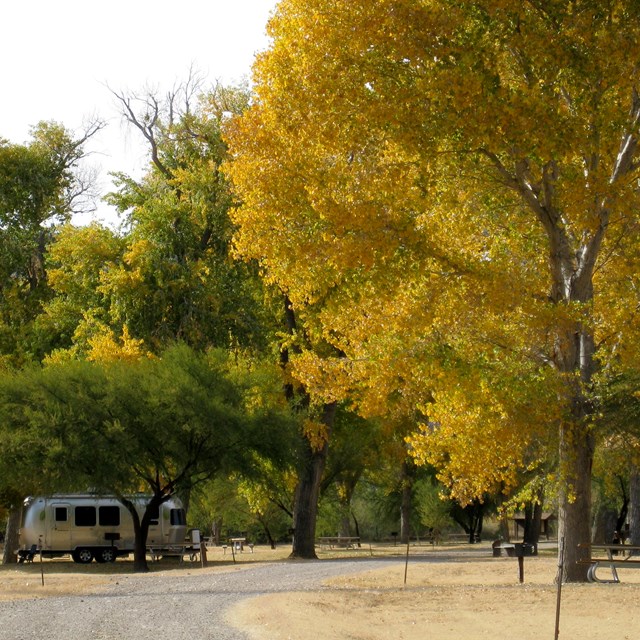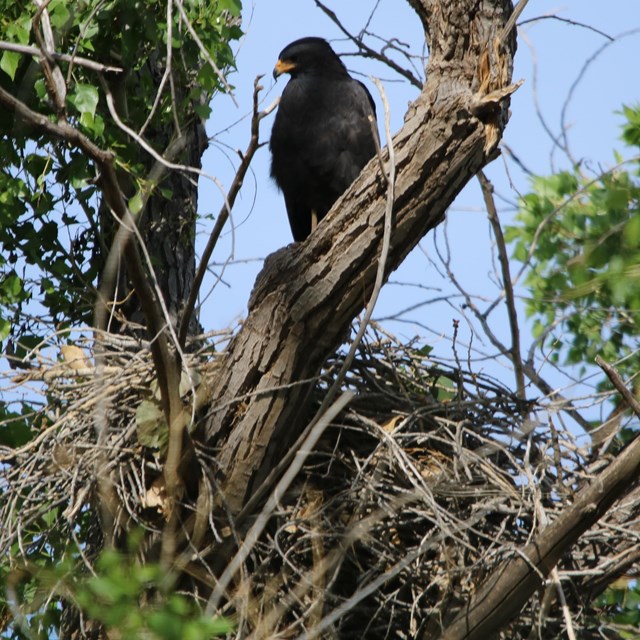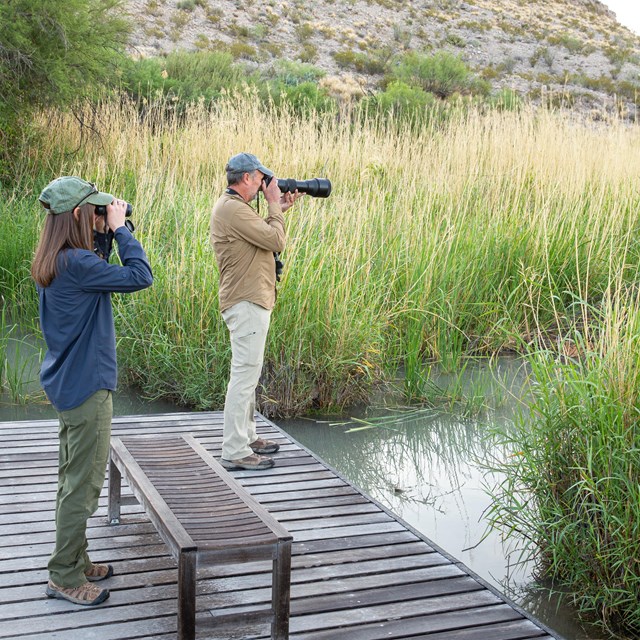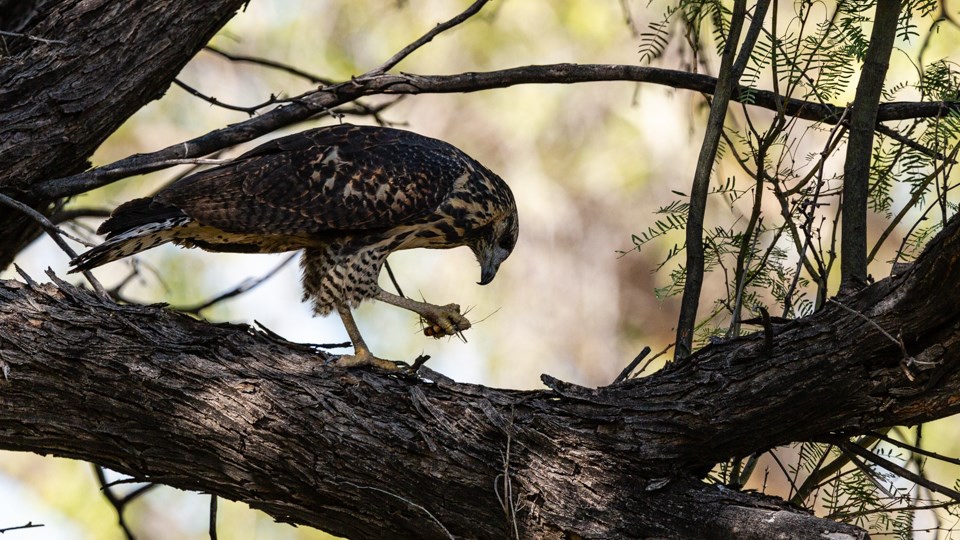
NPS/CA Hoyt Winter BirdsDecember - late February: About 100 species of birds, including visitors and residents, spend the winter in Big Bend. The diversity of ducks, shorebirds, and sparrows is greatest at this time of year.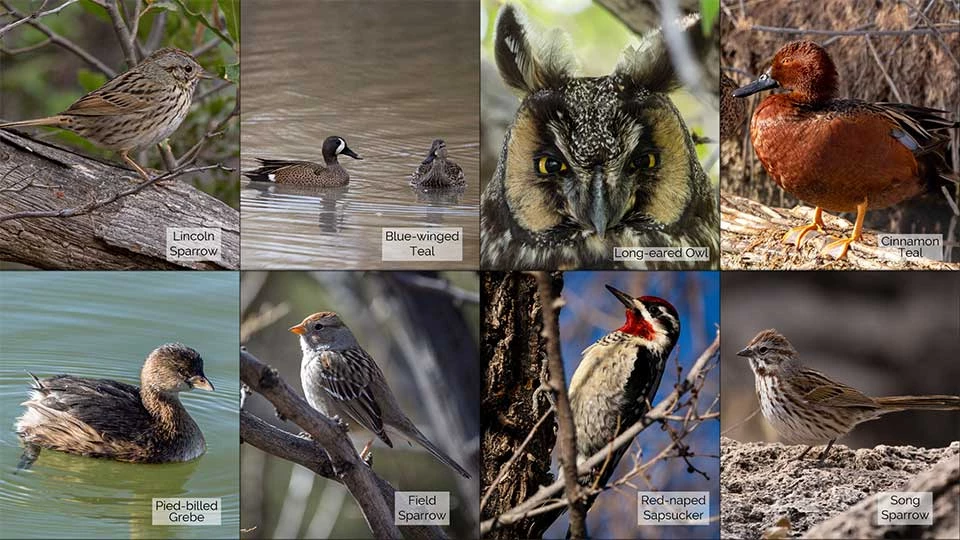
NPS/CA Hoyt Spring ArrivalsLate February - early May: This is the most popular time of year for birding, with peak migration happening the last two weeks of April and the first week of May. Some of the birds, including those pictured below, arrive in the spring and stay through the summer. They nest and raise their young in the park before heading south to Latin America for the winter.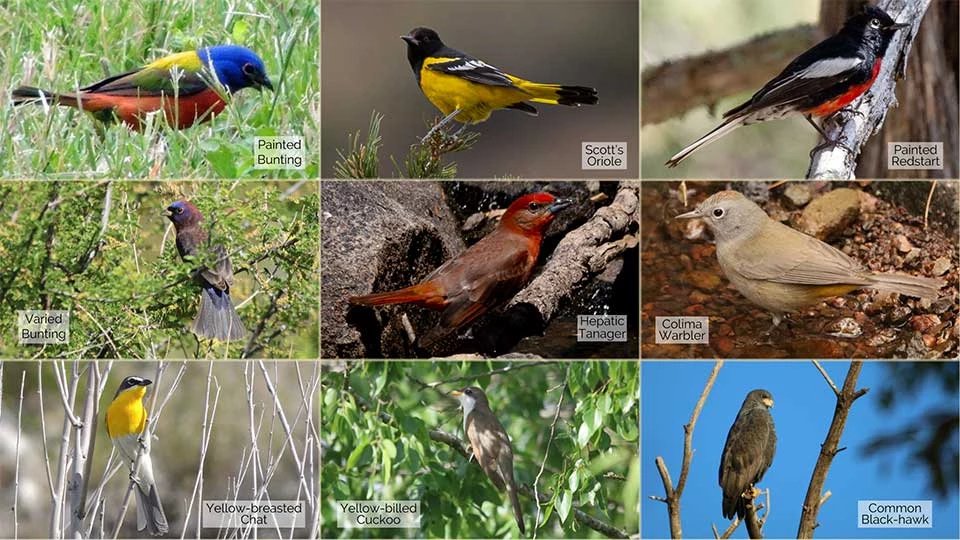
NPS/CA Hoyt, R. Negele, and L. Benavidez Residents and Southwestern SpecialtiesA number of birds that are year-round residents of Big Bend are also labeled as Southwestern United States species. This designation of Southwestern species includes birds that are limited to southern California, Arizona, New Mexico and western Texas. The southern parts of the aforementioned states are the northernmost ranges of birds that are commonly found in Latin America.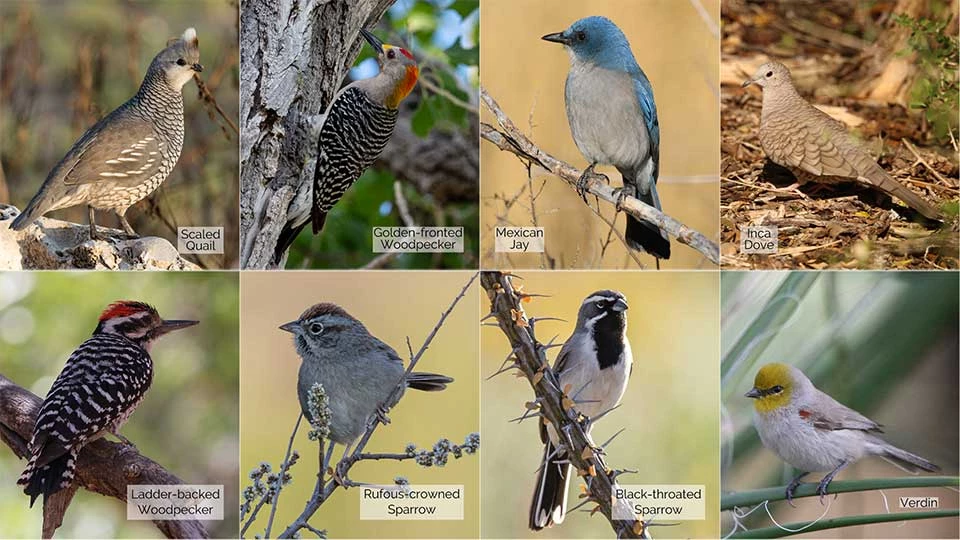
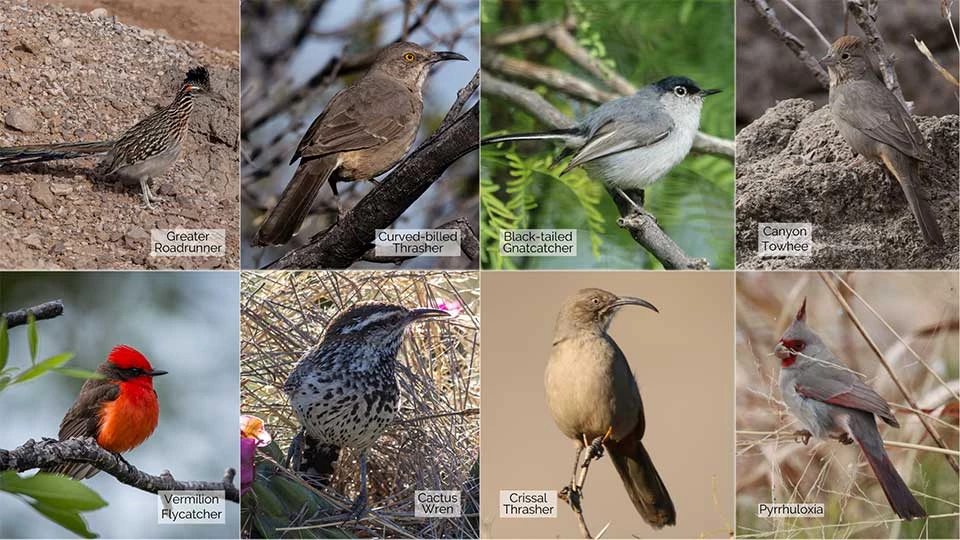
NPS/CA Hoyt and R. Negele Bird Information
|
Last updated: May 31, 2020

